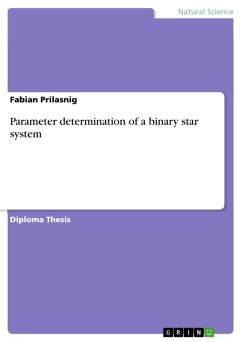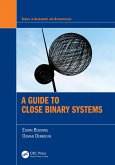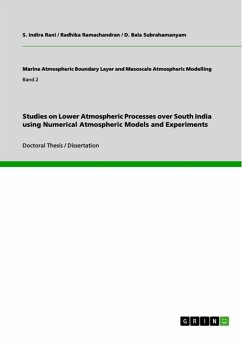Diploma Thesis from the year 2001 in the subject Astronomy, grade: 1,0, Technical University of Graz, language: English, abstract: The focus of this work about binary star systems is on model applications ans selections of an algorithm to determine the parameters of individual binaries. It consists of four major parts: a general introduction to the theory of binary stars; introductory material about spectroscopy and photometry; a description of IRAF (Imaging Reduction and Analysis Facility) - this is a software program which allows the reduction and the analysis of gathered data of astronomical objects - and its application on parameter determination of the binary system UV Leonis. Last but not least follows the presentation of the spectroscopical and photometrical results of this binary star system. The spectroscopical and photometrical results confirm that the components of the binary star system UV Leonis are main-sequence stars having the same spectral type as the Sun. From the radial velocity curves we can conclude that both components must be nearly spherical due to the sinusoidal shape of their radial velocity curves. The characteristics of their B and V light curves tell us that the orbital inclination is a little bit smaller than 90° because of the V-shaped eclipses. Our results agree with the results from the literature, while masses were spectroscopically determined here for the first time. Our value of the distance to UV Leo is consistent with trigonometric parallax from the Hipparcos mission but our error bar is smaller.
Dieser Download kann aus rechtlichen Gründen nur mit Rechnungsadresse in A, B, BG, CY, CZ, D, DK, EW, E, FIN, F, GR, HR, H, IRL, I, LT, L, LR, M, NL, PL, P, R, S, SLO, SK ausgeliefert werden.









